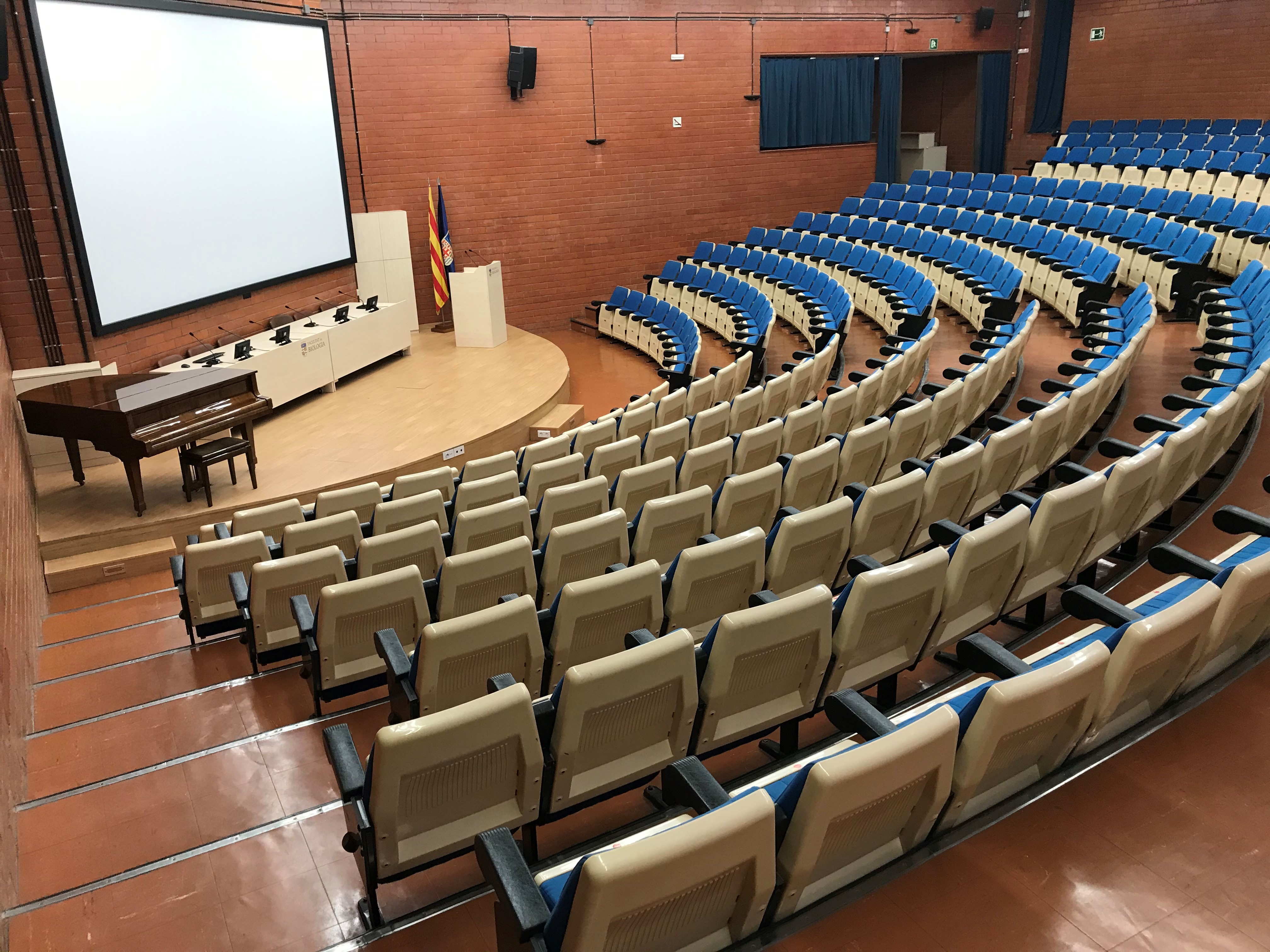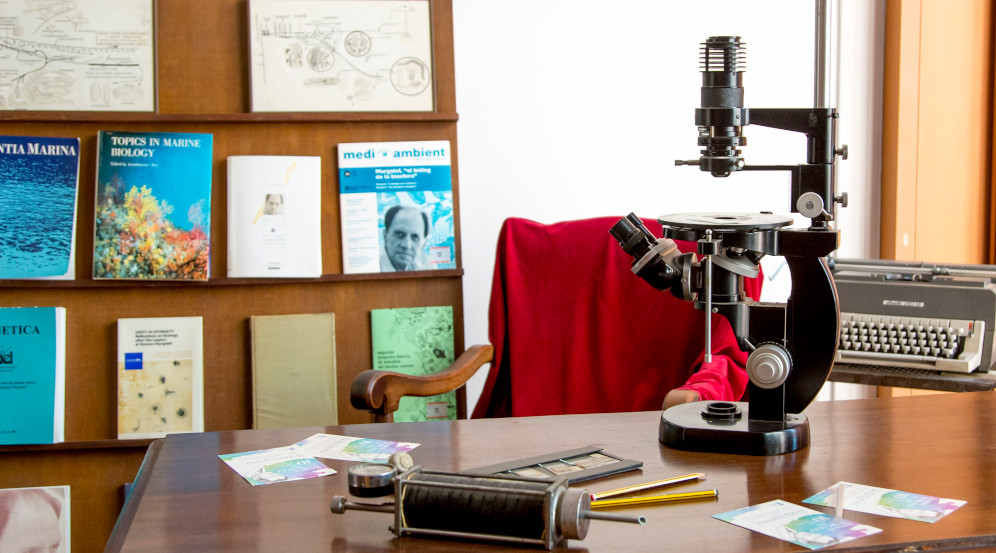Anuncis i pantalles
Detall novetats
Curs organitzat pel departament d'Ecologia de la Facultat de Biologia
Del 18 al 29 de juny de 16 a 19 h. a l'aula 13 de la Facultat de Biologia tindrà lloc el curs titulat 'Biogeochemical dynamics of Mediterranean Sea: present and past patterns' a càrrec del Prof. Maurizio Ribera d'Alcala, Director del Laboratori d'Oceanografia Biològica a l'Estació Zoològica'A. Dohrn' de Nàpols.
La assistència es lliure.
Es lliurarà un certificat d'assistència
RESUM DELS CURS
Mediterranean Sea is the largest marginal sea of present Earth system, with a peculiar internal dynamics which allows for processes typical of Open Ocean to occur, e.g., dense water formation. On the other hand, the large border to volume/surface ratio strongly affects geochemical fluxes to the basin. All the above makes the basin an interesting case study to investigate the interaction between geochemical forcing and biota, e.g., biogeochemical dynamics.
The introductory lecture will describe the physical dynamics of the basin and the main forcing. This will be followed by a description of the 3D spatial distributions of dissolved Oxygen, DIC, DOC, TDN, TDP and TDSi as the basic information to highlight the peculiar biogeochemistry of the basin. Two to four lectures will be devoted to a description of the tools to retrieve information from in situ data (isopycnal analysis, generalized Redfield ratios, and stable isotope concentrations). In parallel with the lectures, practical exercises will be proposed and discussed within the group. Two to four lectures will be devoted to analyze the putative processes responsible for the observed distributions. This will be further related with plankton and food-web dynamics in the basin. The following lectures will be devoted to introduce the recurrent crises of anoxia in the Mediterranean) since the Miocene, their relevance as synchronized events with the orbital cycles, and the putative biogeochemical processes occurring then. Simplified numerical approaches to reconstruct biogeochemical dynamics in the basin, e.g., box models, will be dealt with in two lectures, which will be followed by a few lectures on future scenarios.





